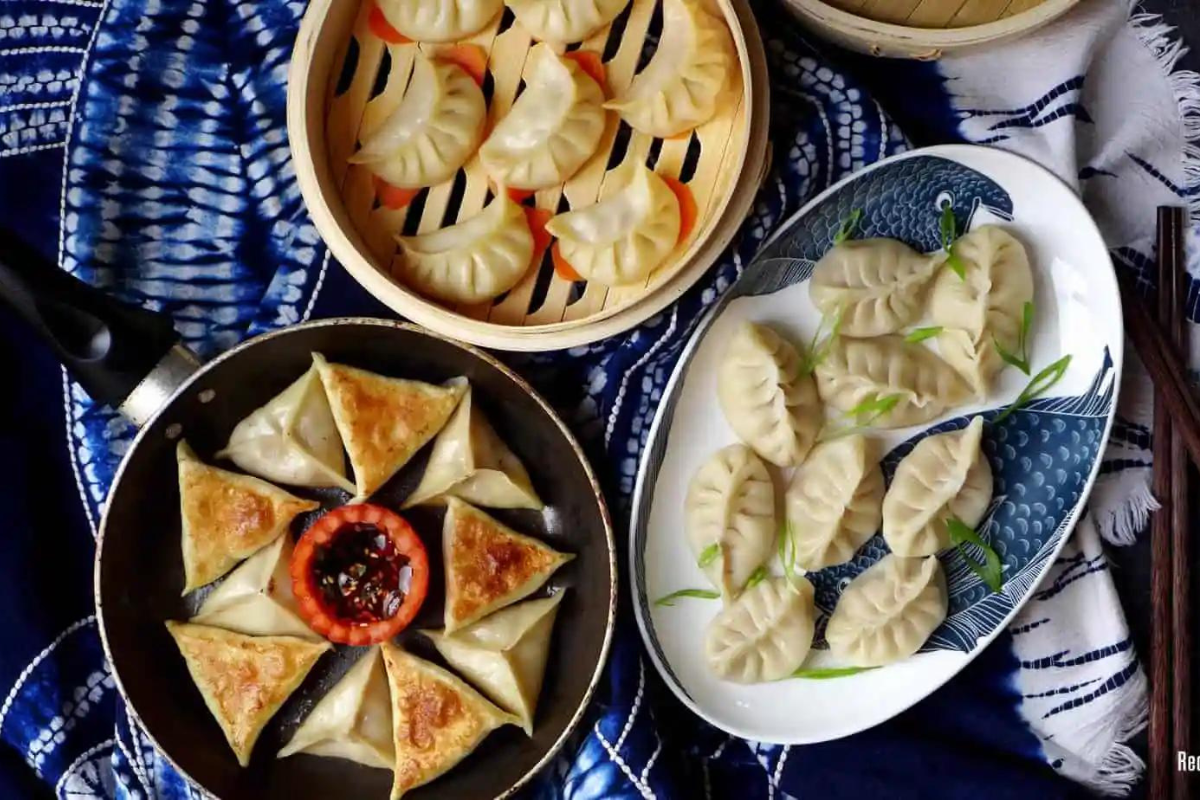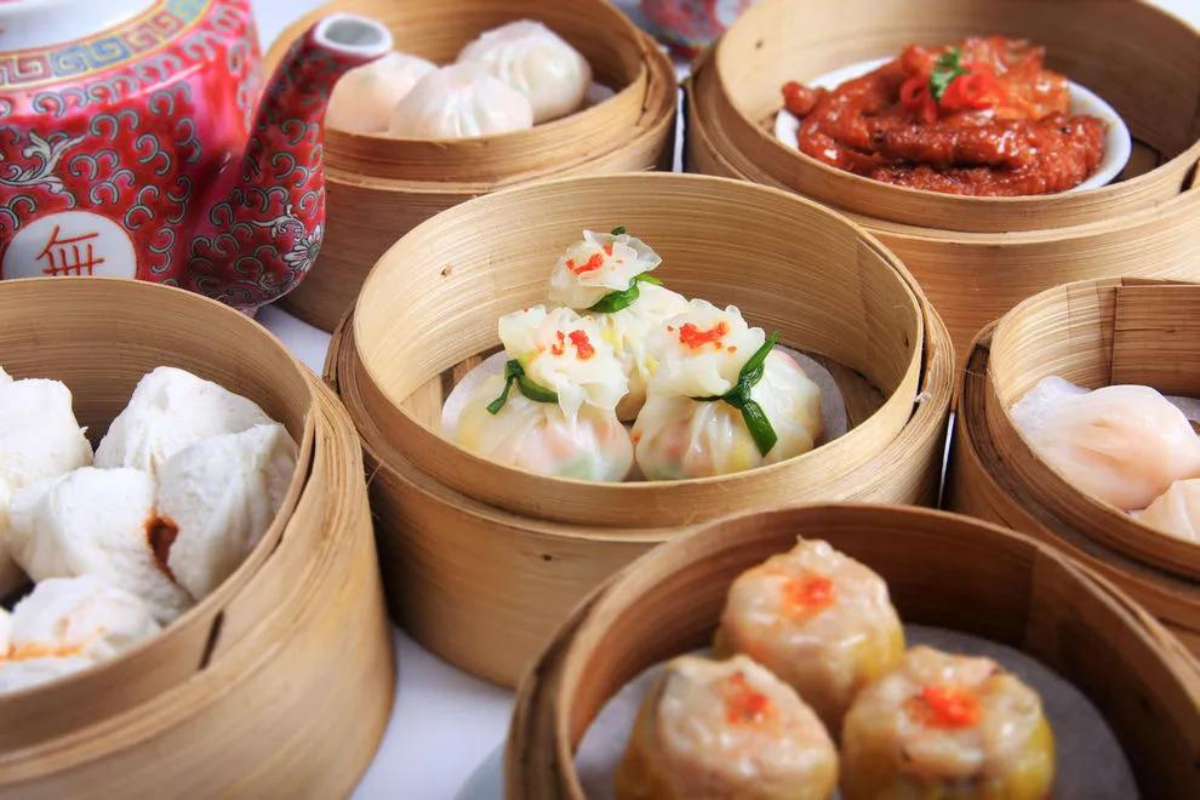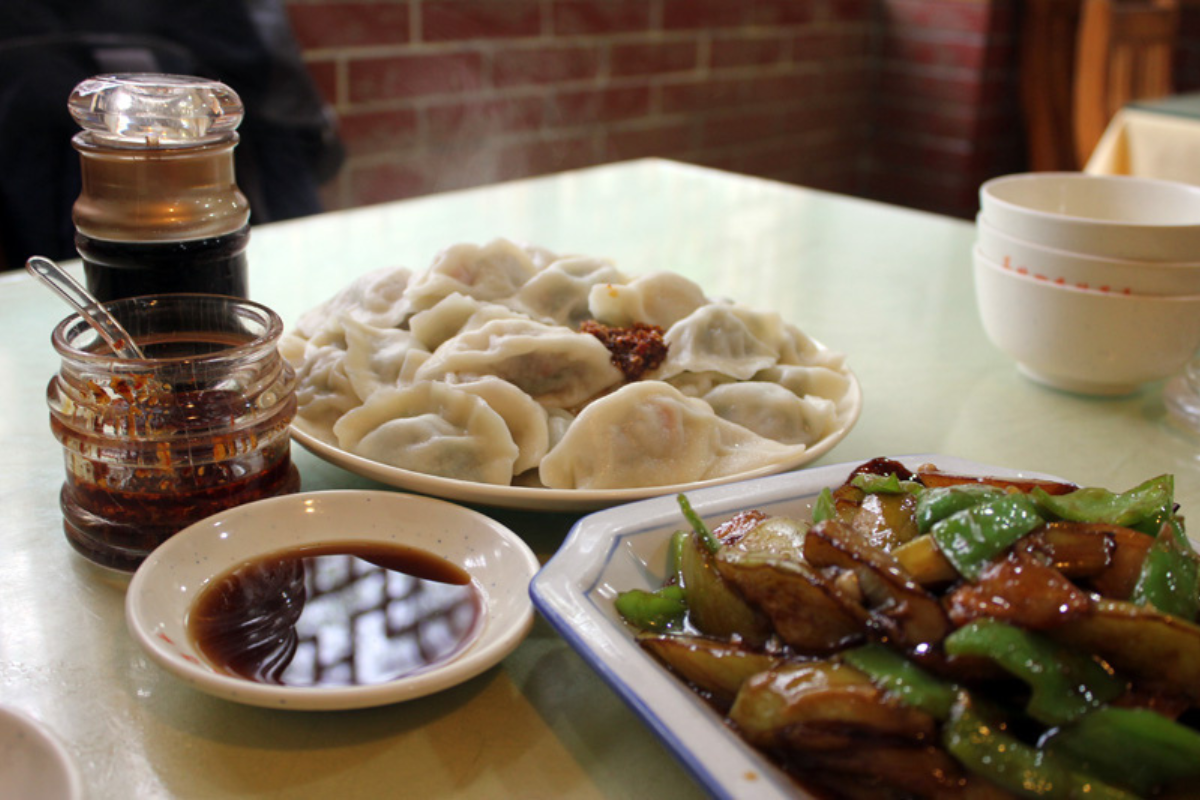From the bustling streets of Shanghai to the tranquil countryside villages, dumplings have been an integral part of Chinese cuisine for centuries. These bite-sized parcels of dough, meticulously filled with an array of ingredients, have transcended borders and cultures to become a beloved culinary icon, capturing hearts and palates worldwide.

Photo: Red House Spice
In the realm of Chinese cuisine, few dishes embody the essence of culinary versatility and cultural significance as profoundly as dumplings. These bite-sized parcels of dough, meticulously crafted and filled with a symphony of flavors, have captivated palates across the globe, transcending borders and generations. Their origins trace back to ancient China, where they were revered as symbols of prosperity and abundance. Today, dumplings remain a staple in Chinese households, a culinary tradition passed down through the ages, each region boasting its unique variations and fillings.
A culinary journey through time: A culinary canvas of flavors
The versatility of dumplings lies in their adaptability to a vast array of ingredients, seamlessly blending flavors and textures. Their dough, typically made from wheat or rice flour, provides a neutral canvas upon which a world of culinary possibilities unfolds. From savory meat and vegetable combinations to sweet and delicate fillings, dumplings cater to a diverse range of preferences, offering a culinary adventure with each bite.
Among the most popular dumplings in China are jiaozi, the iconic crescent-shaped parcels that have become synonymous with this culinary delight. These dumplings, traditionally filled with a savory mixture of pork, cabbage, and ginger, are a staple in northern China, often served during Lunar New Year celebrations. In southern China, jiaozi takes on a more delicate form, filled with seafood, mushrooms, and bamboo shoots, reflecting the region’s rich culinary heritage.
Beyond jiaozi, China’s dumpling landscape is further enriched by a multitude of regional variations, each boasting its unique flavors and traditions. In Shanghai, xiaolongbao, delicate soup dumplings, are a must-try, their thin dough encasing a flavorful broth that bursts forth with each bite. In the coastal city of Qingdao, jiaozi is often filled with fresh seafood, reflecting the abundance of the region’s waters. In the heart of Sichuan cuisine, dumplings are infused with the spicy and bold flavors that characterize the region’s culinary identity.

The preparation of dumplings is an art in itself, requiring a delicate balance of technique and precision. The dough is carefully rolled out, thin enough to be translucent yet strong enough to retain its shape during cooking. The filling, meticulously prepared with a blend of fresh ingredients, is then delicately encased within the dough, ensuring an explosion of flavors in each bite.
Dumplings can be cooked in a variety of ways, each method imparting its own distinctive character. Boiling, a traditional method, results in dumplings with a tender, yielding texture. Steaming preserves the delicate flavors of the fillings, while pan-frying creates a crispy exterior that contrasts with the soft, flavorful interior.
The Culinary Legacy: A Global Culinary Phenomenon
Dumplings are not merely a culinary delight; they are deeply rooted in Chinese culture and traditions. During Lunar New Year celebrations, dumplings symbolize wealth and prosperity, with families gathering to prepare and enjoy these delectable treats. The act of dumpling-making is often a social affair, bringing together generations to share stories, laughter, and the joy of creating culinary masterpieces.
Dumplings have also transcended China’s borders, becoming increasingly popular worldwide. Their versatility has attracted chefs and home cooks alike, inspiring creative adaptations and fusion dishes. From dumplings filled with international flavors to inventive cooking techniques, these adaptations showcase the global appeal of this culinary gem.

Photo: Culinary Backstreets
Dumplings stand as a testament to China’s culinary ingenuity and cultural richness. Their versatility, adaptability, and deep symbolism have cemented their place as a beloved and enduring culinary tradition. As we continue to explore the world of dumplings, we embark on a journey of culinary discovery, savoring the flavors that have captivated palates for centuries and continue to inspire culinary creativity across the globe.
Beyond China, dumplings have found a warm welcome in cuisines worldwide, each region adapting the dish to local ingredients and preferences. In Japan, gyoza dumplings feature a savory pork and vegetable filling, while Polish pierogi offers a hearty combination of potatoes, cheese, and sauerkraut. Italian ravioli, filled with ricotta cheese and spinach, showcase the versatility of dumpling-making traditions.
As dumplings continue to captivate palates worldwide, they stand as a testament to the ingenuity and adaptability of Chinese cuisine. Their ability to transcend borders and cultures, uniting people through a shared love of food, is a testament to their enduring culinary appeal. Whether savored in bustling dim sum restaurants or prepared in the warmth of home kitchens, dumplings remain a culinary gem, a culinary tapestry woven from flavors, traditions, and the shared joy of savoring a delectable bite.

